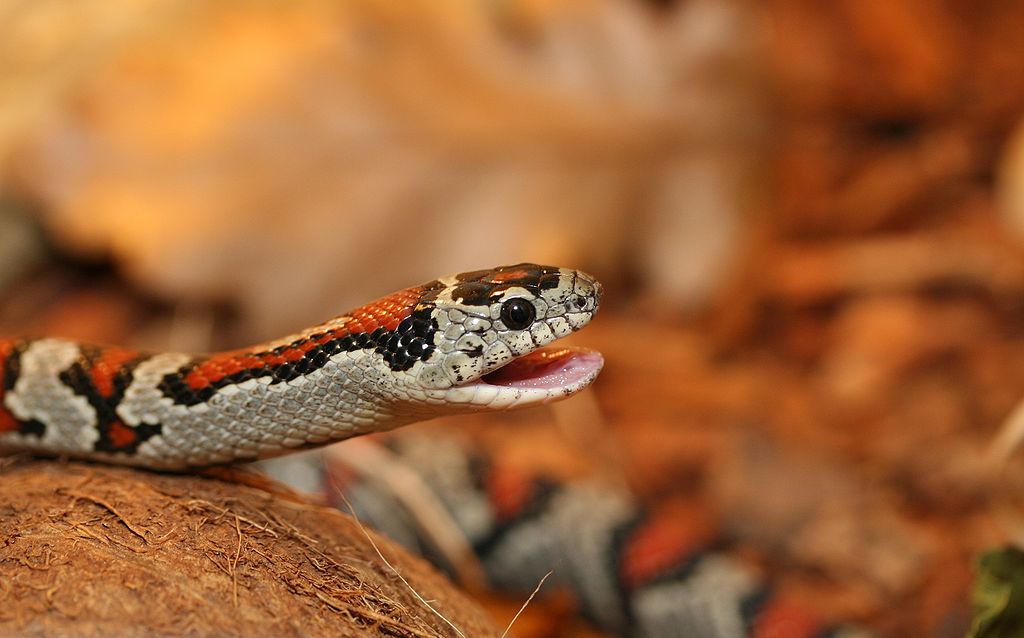Snakes are fascinating creatures that navigate their world in ways quite different from mammals. Unlike humans who primarily rely on vision and hearing, snakes heavily depend on chemical and thermal sensing to understand their environment. For snake owners, wildlife enthusiasts, and herpetologists alike, distinguishing whether a snake is responding to scent or temperature cues can provide valuable insights into their behavior and needs. This distinction isn’t always obvious, as snake sensory responses can appear subtle to human observers. However, with careful observation and knowledge of snake biology, you can learn to identify which sensory system your snake is utilizing at any given moment. This article explores the key differences between scent and temperature reactions in snakes and how to recognize each response.
Understanding Snake Sensory Systems
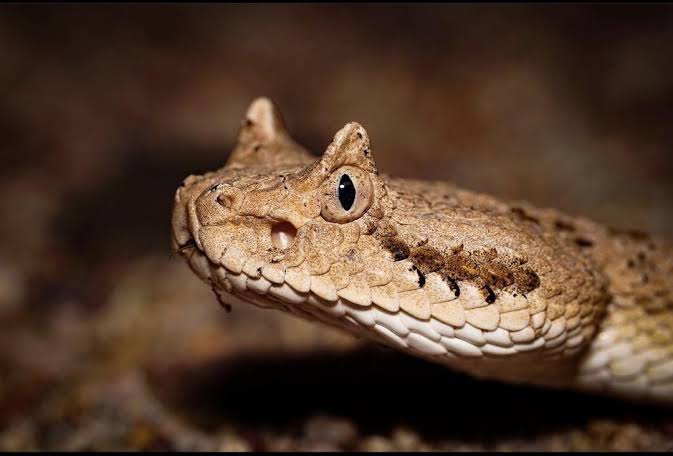
Snakes possess specialized sensory systems that allow them to perceive their environment in unique ways. Their primary sensory tools include the vomeronasal organ (Jacobson’s organ) for chemical detection and special heat-sensing pits found in some species for thermal detection. These systems operate independently but often work in concert to provide the snake with comprehensive environmental information. Unlike mammals, snakes have relatively poor eyesight and limited hearing capabilities, making their chemical and thermal senses crucial for survival. Understanding these fundamental differences in sensory perception is essential before attempting to differentiate between scent and temperature reactions in these remarkable reptiles.
The Vomeronasal System: A Snake’s Scent Detector
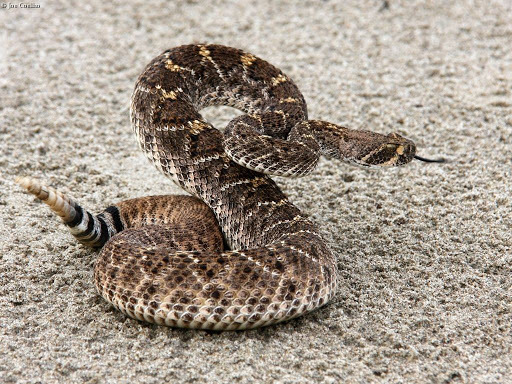
The vomeronasal system, centered around Jacobson’s organ, serves as a snake’s primary method of chemical detection. Located in the roof of the mouth, this specialized organ processes chemical particles collected by the snake’s constantly flicking tongue. When a snake flicks its tongue, it’s gathering scent particles from the air and ground, which are then transferred to Jacobson’s organ for processing. This system allows snakes to detect prey, recognize potential mates, identify predators, and navigate their territory with remarkable precision. The vomeronasal system is so sensitive that some snakes can follow chemical trails left by prey animals hours or even days earlier, demonstrating the critical importance of this sensory modality to their survival.
Thermal Detection in Snakes
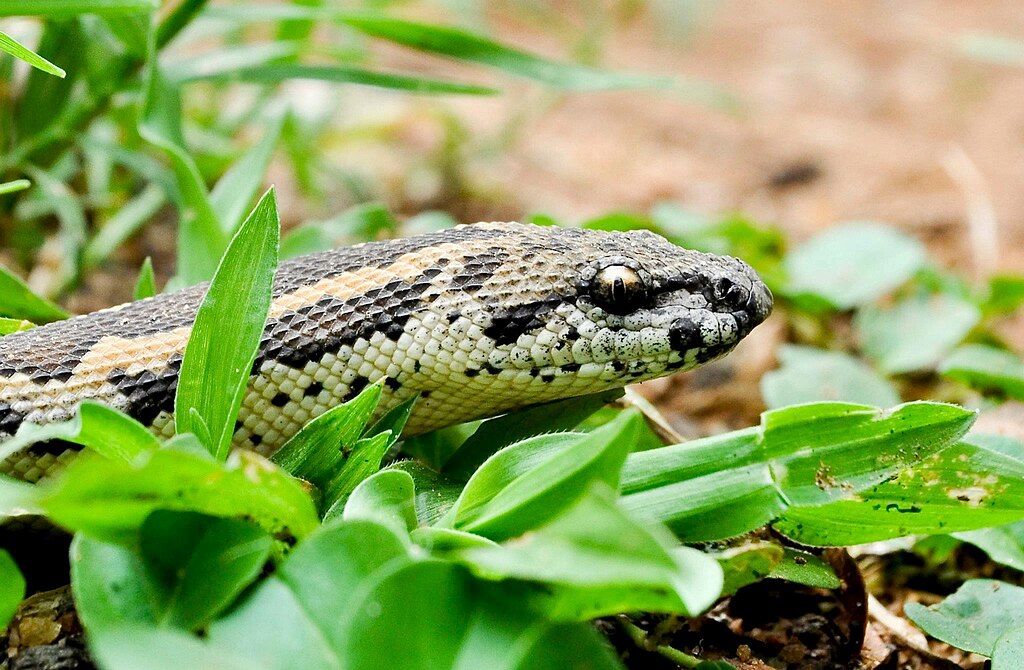
While all snakes possess chemical sensing abilities, thermal detection is specialized to certain groups, most notably pit vipers (like rattlesnakes and copperheads) and some pythons and boas. These snakes have evolved specialized heat-sensing pit organs located between their eyes and nostrils. These remarkable structures can detect infrared radiation, essentially allowing the snake to “see” the heat signatures of warm-blooded animals. The pit organs are extremely sensitive, capable of detecting temperature differences as small as 0.003°C, and can precisely locate prey even in complete darkness. This thermal vision provides these snakes with a significant hunting advantage, particularly when pursuing warm-blooded prey like rodents and birds.
Tongue Flicking: The Key to Scent Detection
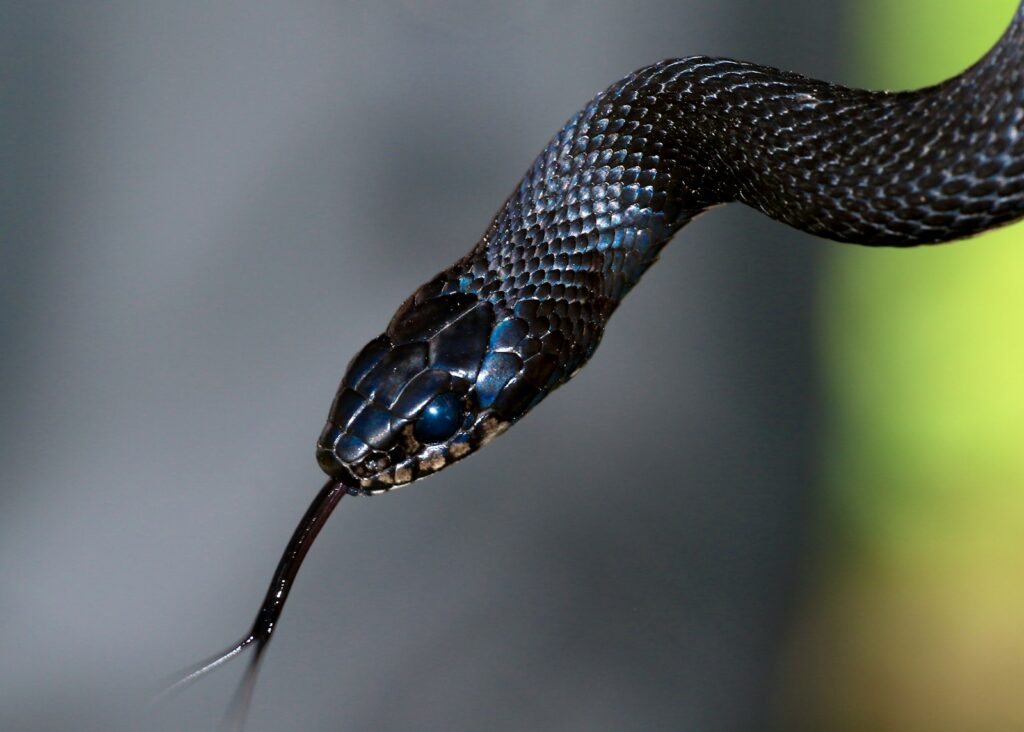
The most obvious indicator that a snake is utilizing its scent detection system is regular tongue flicking. When a snake rapidly extends and retracts its forked tongue, it’s actively collecting chemical information from its surroundings. You might notice increased frequency of tongue flicking when the snake encounters a new environment, potential food, or unfamiliar objects. The fork in the snake’s tongue provides directional information, helping the animal determine which direction a scent is coming from. During intense scent investigation, some snakes may also press their chin to the ground while flicking their tongue, maximizing contact with scent particles. This behavior is particularly apparent during hunting or when investigating novel stimuli.
Recognizing Heat-Seeking Behavior

Snakes with heat-sensing capabilities display distinctive behaviors when detecting thermal cues. When a heat-sensing snake detects a warm object, you might observe slow, deliberate head movements as it triangulates the heat source’s precise location. These movements often appear more targeted and direct than the general exploratory behaviors associated with scent detection. In pit vipers, you might notice slight adjustments of the head, positioning their heat-sensitive pits toward the heat source. Unlike the broad sweeping movements seen during scent investigation, heat-seeking behavior is characterized by focused attention in the direction of the thermal stimulus. Some snakes may also exhibit a distinctive striking posture when they’ve locked onto a heat source, particularly if they associate it with potential prey.
Body Language Differences
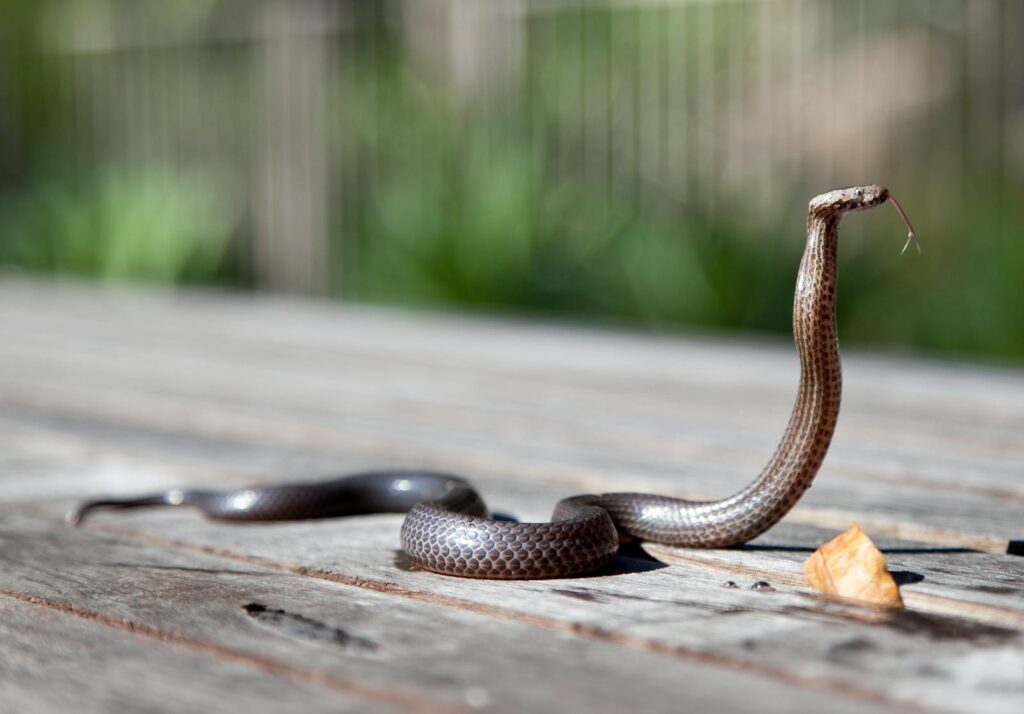
The overall body language of a snake differs when it’s responding to scent versus temperature cues. During scent investigation, a snake typically exhibits exploratory behaviors with its entire body relatively relaxed and mobile. You’ll see meandering movements, frequent direction changes, and regular tongue flicking as it builds a chemical “map” of its surroundings. In contrast, when a snake detects a compelling heat source, its body language becomes more focused and intentional. The snake may become more still, with only its head moving precisely to track the heat source. Many heat-sensing snakes will also assume a more alert posture, raising their head slightly and focusing intently in one direction. These subtle differences in body language can help you determine which sensory system is currently dominating the snake’s attention.
Speed of Response and Reaction Time
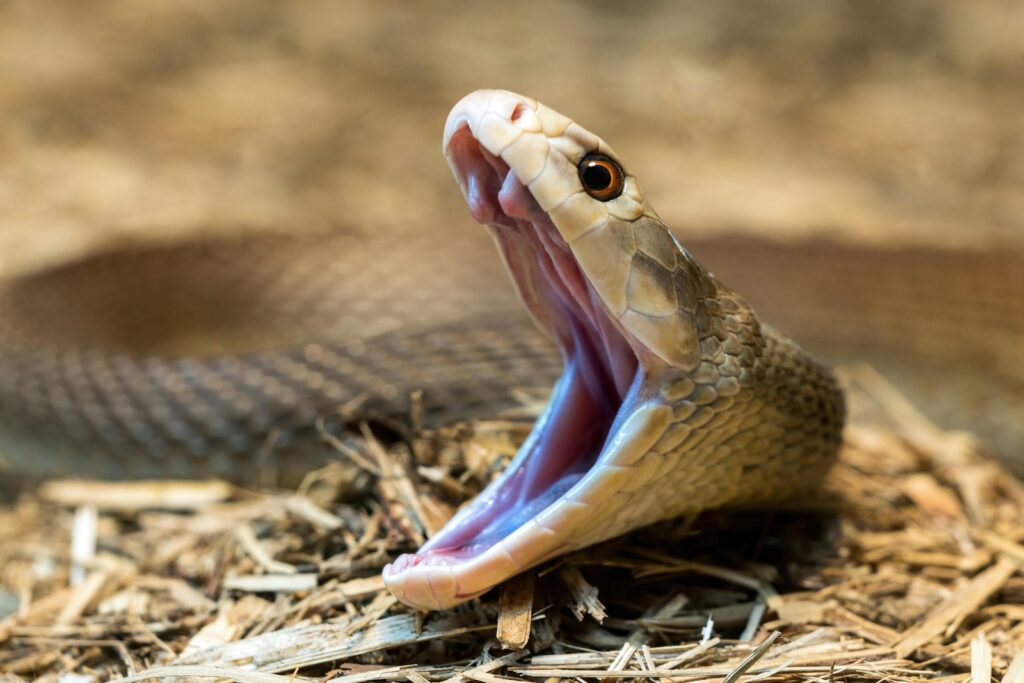
The timing of a snake’s response can provide clues about which sensory system it’s using. Thermal detection typically elicits faster, more immediate responses than scent detection. When a warm object enters a heat-sensing snake’s detection range, the reaction is often instantaneous—the snake will quickly orient toward the heat source. Scent detection, while still remarkably efficient, generally involves a more gradual investigative process. The snake may need to flick its tongue multiple times, process the chemical information, and potentially follow a scent trail before reaching its target. This difference in response time makes sense evolutionarily, as heat often signals the immediate presence of prey, while scent trails might require tracking over distance.
Context-Specific Behaviors
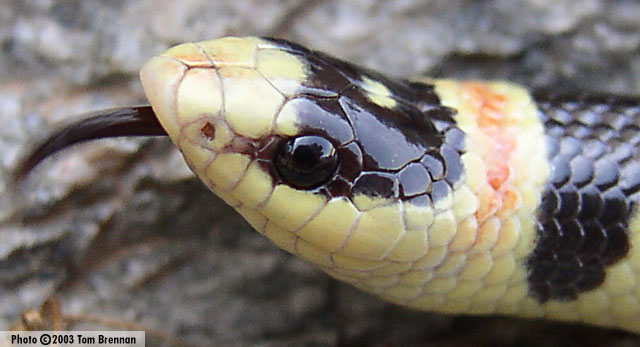
The context in which you observe your snake can provide important clues about which sensory system it’s utilizing. During feeding time, heat-sensing snakes often rely heavily on thermal detection to locate and strike at warm prey items. You might observe them ignoring scent cues in favor of heat signatures when presented with both simultaneously. Conversely, during exploratory behavior or when searching for mates, snakes typically rely more heavily on scent detection. During shedding periods, many snakes show reduced responsiveness to both thermal and chemical stimuli as their sensory organs are temporarily compromised by the shedding process. Understanding these context-specific preferences can help you better interpret your snake’s behavior in different situations.
Species-Specific Differences

Different snake species rely on their sensory systems to varying degrees, which affects how they respond to scent versus temperature cues. Pit vipers like rattlesnakes and copperheads strongly favor their heat-sensing abilities, particularly when hunting. Pythons and boas use both systems extensively, with different species showing varying preferences. Colubrids like corn snakes and king snakes, which lack specialized heat-sensing organs, rely almost exclusively on scent detection. Your snake’s species should be considered when interpreting its sensory behaviors. Understanding the evolutionary adaptations of your particular snake species can provide valuable context for accurately interpreting its sensory responses and behaviors.
Testing for Scent Versus Thermal Responses

You can conduct simple observations to determine which sensory system your snake is using in a given situation. To test for scent detection, introduce a new but neutral-temperature object into the enclosure and observe if the snake investigates with tongue flicking. If it does, it’s using scent detection. To test for thermal detection (in species with this capability), try presenting a warm object (safely heated to about body temperature) at a distance where the snake can’t detect its scent. If the snake orients toward or approaches the warm object without tongue flicking, it’s using thermal detection. These simple tests can help you better understand your snake’s sensory preferences and behaviors.
Environmental Factors Affecting Sensory Responses
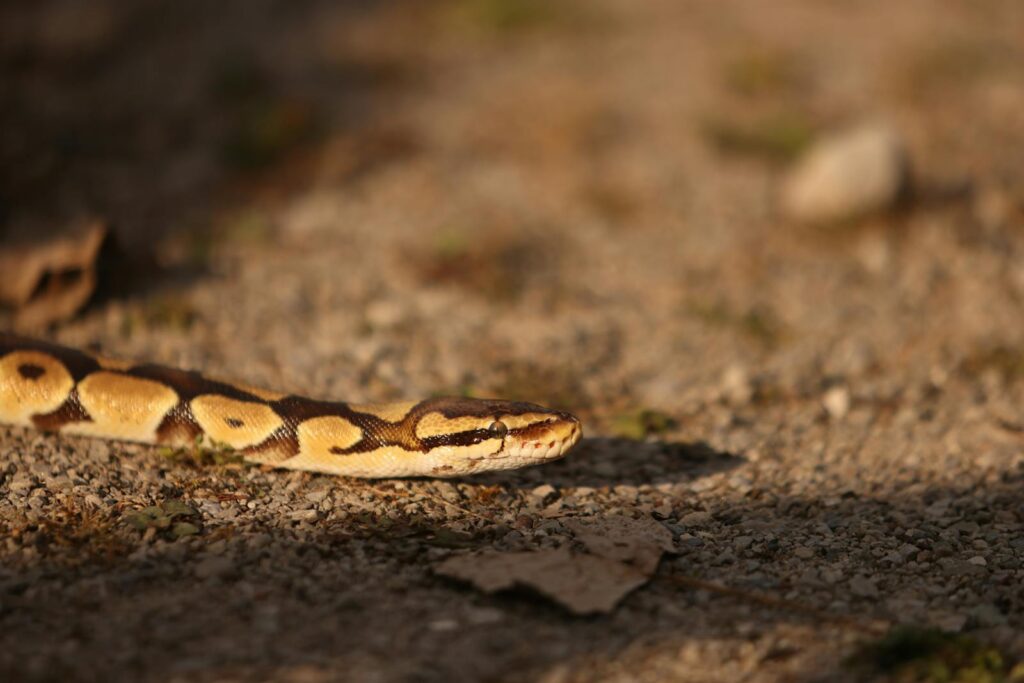
Environmental conditions can significantly influence which sensory system a snake relies on more heavily. In highly humid environments, scent molecules disperse differently than in dry conditions, potentially affecting chemical detection. Environmental temperature also plays a crucial role—in cooler environments, warm objects stand out more dramatically against the background, potentially enhancing thermal detection for heat-sensing species. Time of day matters as well, with many species showing different sensory preferences during diurnal versus nocturnal periods. Understanding how these environmental factors affect your snake’s sensory systems can help you provide optimal conditions and better interpret their behaviors under different circumstances.
Practical Applications for Snake Owners

Understanding whether your snake is responding to scent or temperature has practical applications for husbandry and handling. For feeding, knowing your snake’s preferred detection method can help you present food in the most stimulating way—moving warm prey items for heat-sensitive species or scent-trailing prey for predominantly chemical sensors. During handling, recognizing when your snake is actively using thermal detection can help you understand why it might be attracted to warm areas of your body like your neck or underarms. This knowledge can also help you design more enriching environments that stimulate the appropriate sensory systems for your particular snake species, improving their overall welfare in captivity.
When Sensory Systems Work Together
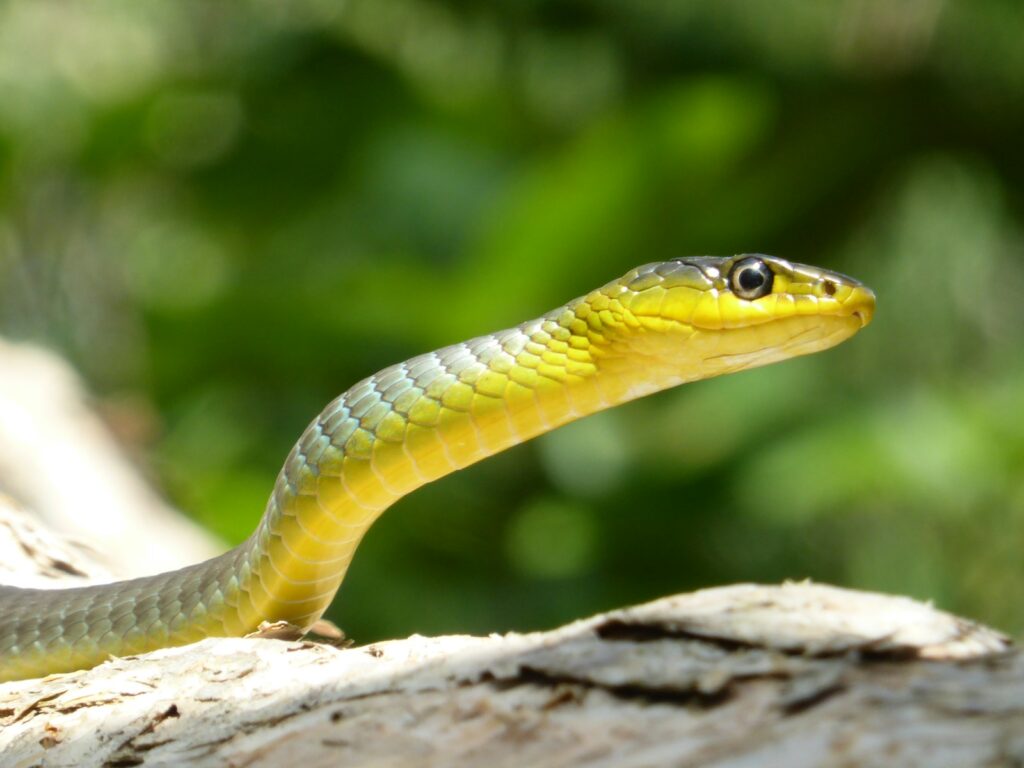
While we’ve discussed how to differentiate between scent and thermal responses, it’s important to recognize that snakes often use both sensory systems simultaneously. Many predatory sequences begin with distant detection of prey via thermal sensing, followed by close-range confirmation using chemical cues. This integration of sensory information allows snakes to build a more complete picture of their environment than either system could provide alone. During complex behaviors like hunting, courtship, or territorial defense, you may observe your snake alternating between different sensory modes or using them in coordination. The sophisticated integration of these sensory systems demonstrates the remarkable evolutionary adaptations that have made snakes such successful predators across diverse environments.
Understanding whether a snake is responding to scent or temperature provides fascinating insights into these remarkable reptiles’ perception of the world. By observing specific behaviors like tongue flicking, head movements, body posture, and response timing, you can learn to distinguish between these different sensory modes. This knowledge not only deepens your appreciation for snake biology but also has practical applications for snake owners and handlers. While these sensory systems often work in concert, recognizing which one is dominating in any given situation can help you better interpret your snake’s behavior and needs. As you continue to observe and interact with snakes, you’ll develop an increasingly nuanced understanding of their unique sensory world—one that operates quite differently from our own but is no less sophisticated.

